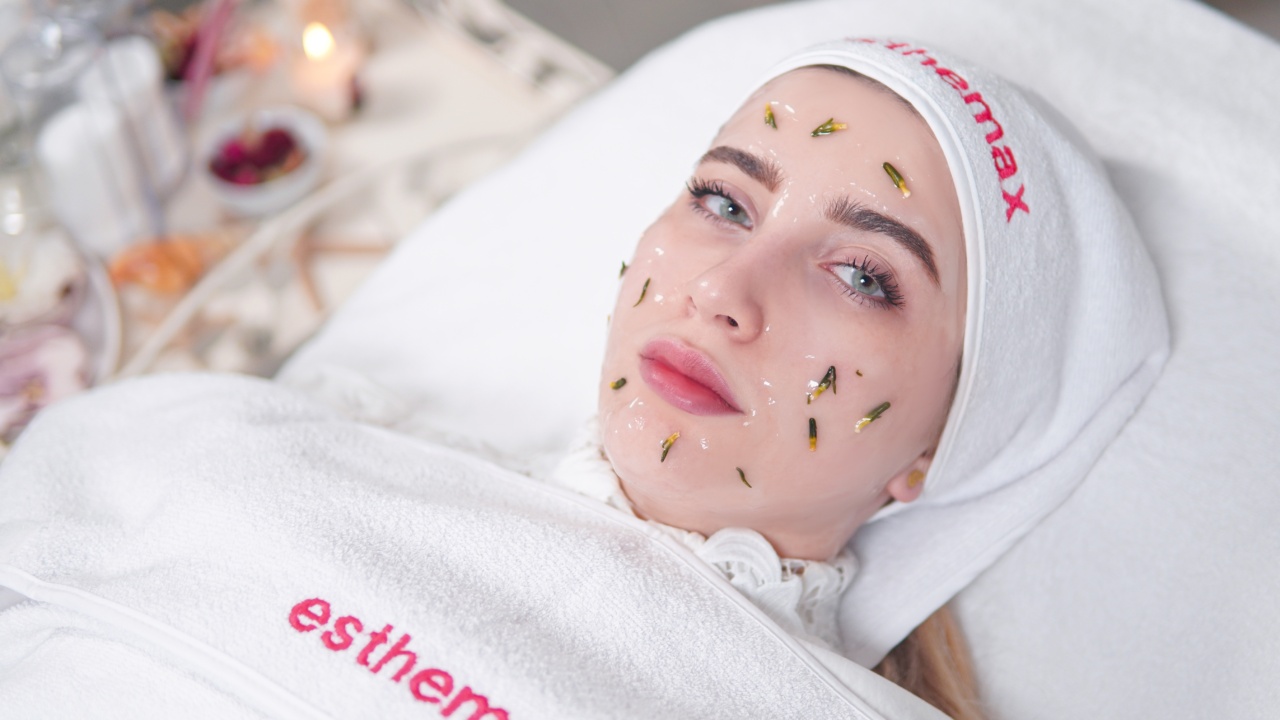Acne is a common skin condition that affects people of all ages, including children. While acne is most commonly associated with puberty and hormonal changes, it can also occur in younger children.
Dealing with acne can be challenging for children, as it may affect their self-esteem and confidence. However, there are several preventive measures and treatment options available to help manage and reduce the occurrence of acne in children. In this article, we will discuss some tips for preventing and treating acne in children.
Understanding Acne in Children
Acne is a disorder of the skin’s oil glands, resulting in the formation of pimples, blackheads, whiteheads, and even cysts.
It is caused by a combination of factors, including excess oil production, clogged hair follicles, bacteria, and inflammation. In children, acne is often triggered by hormonal changes, just like in teenagers. However, it can also be caused by genetic factors, poor skincare habits, and certain medications.
Prevention Tips
Preventing acne in children is essential to minimize its occurrence and severity. Here are some helpful tips:.
1. Promote a Healthy Diet
Avoiding greasy, processed, and sugary foods can help reduce the risk of acne breakouts. Encourage your child to eat a balanced diet rich in fruits, vegetables, whole grains, and lean proteins.
2. Teach Proper Skincare
Teach your child the importance of proper skincare habits. Instruct them to wash their face gently twice a day using a mild cleanser. Avoid harsh soaps or scrubbing vigorously, as these can irritate the skin and worsen acne.
3. Encourage Regular Handwashing
Encourage your child to wash their hands regularly, especially before touching their face. This helps prevent the spread of bacteria and reduces the risk of clogged pores.
4. Avoid Squeezing or Popping Pimples
Teach your child to avoid squeezing or popping pimples, as this can lead to infection, scarring, and further breakouts. Instead, advise them to apply a spot treatment or seek professional help if needed.
5. Choose Non-comedogenic Products
When purchasing skincare or cosmetic products for your child, look for labels that say “non-comedogenic” or “oil-free.” These products are less likely to clog pores and contribute to acne formation.
6. Keep Hair Clean
Ensure that your child keeps their hair clean and away from their face, especially if they have bangs or long hair. Oils and dirt from the hair can transfer to the face and worsen acne.
7. Promote Good Hygiene Practices
Teach your child to change their pillowcases regularly, avoid sharing personal items (such as towels and makeup brushes), and clean their cell phones regularly. These practices help reduce bacterial transfer and prevent acne breakouts.
Treatment Options
If your child develops acne despite following preventive measures, there are various treatment options available:.
1. Over-the-Counter Products
Many over-the-counter products, such as cleansers, creams, and spot treatments, contain ingredients like benzoyl peroxide or salicylic acid that can help reduce acne.
However, it’s essential to choose products formulated specifically for children and to read and follow the instructions carefully.
2. Prescription Medications
If your child’s acne is severe or not responding to over-the-counter treatments, a dermatologist may prescribe topical or oral medications. These medications may include antibiotics, retinoids, or hormonal therapies to control acne.
3. Professional Treatments
A dermatologist may recommend professional treatments, such as chemical peels, laser therapy, or extractions, to help manage your child’s acne.
These treatments are typically performed in a clinical setting and should only be done by a qualified professional.
4. Stress Management
Avoiding stress or finding healthy ways to manage stress can also play a role in reducing acne breakouts. Encourage your child to engage in activities they enjoy and practice relaxation techniques like deep breathing or meditation.
5. Lifestyle Changes
Encourage your child to maintain a healthy lifestyle by staying hydrated, getting enough sleep, and engaging in regular physical activity. These factors contribute to overall skin health and can help reduce acne symptoms.
When to Seek Medical Advice
If your child’s acne is severe, painful, or impacting their self-esteem and daily life, it is advisable to seek medical advice.
A dermatologist can provide guidance on appropriate treatment options and develop a customized plan to manage your child’s acne effectively.
Conclusion
Acne in children can be distressing, but with proper prevention and treatment, its impact can be minimized. Encourage your child to adopt healthy lifestyle habits, maintain proper skincare, and seek professional help when needed.
Remember that each child’s skin is unique, and what works for one may not work for another, so patience and persistence are essential. With time and the right approach, acne can be effectively managed, allowing your child to thrive with healthy and clear skin.































